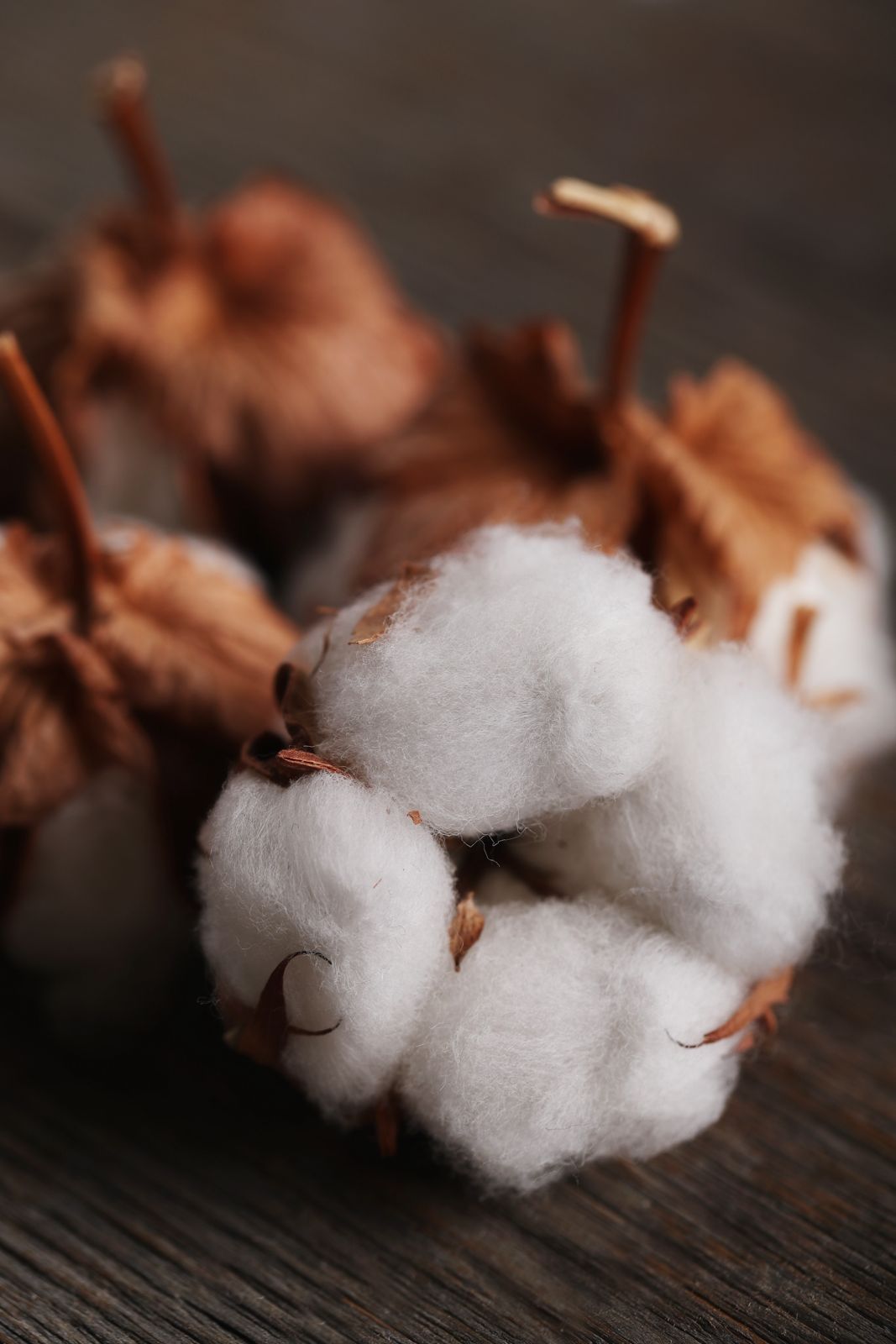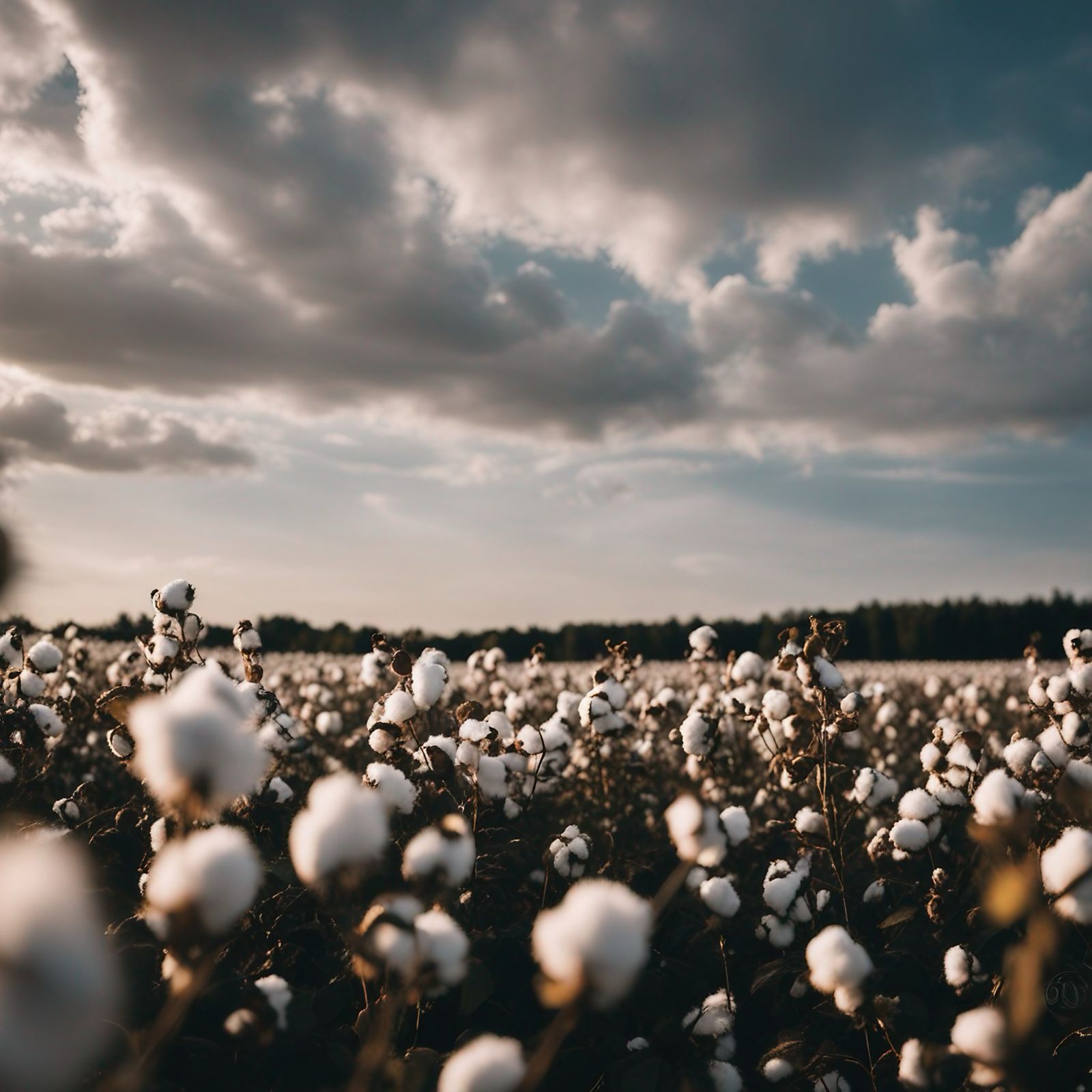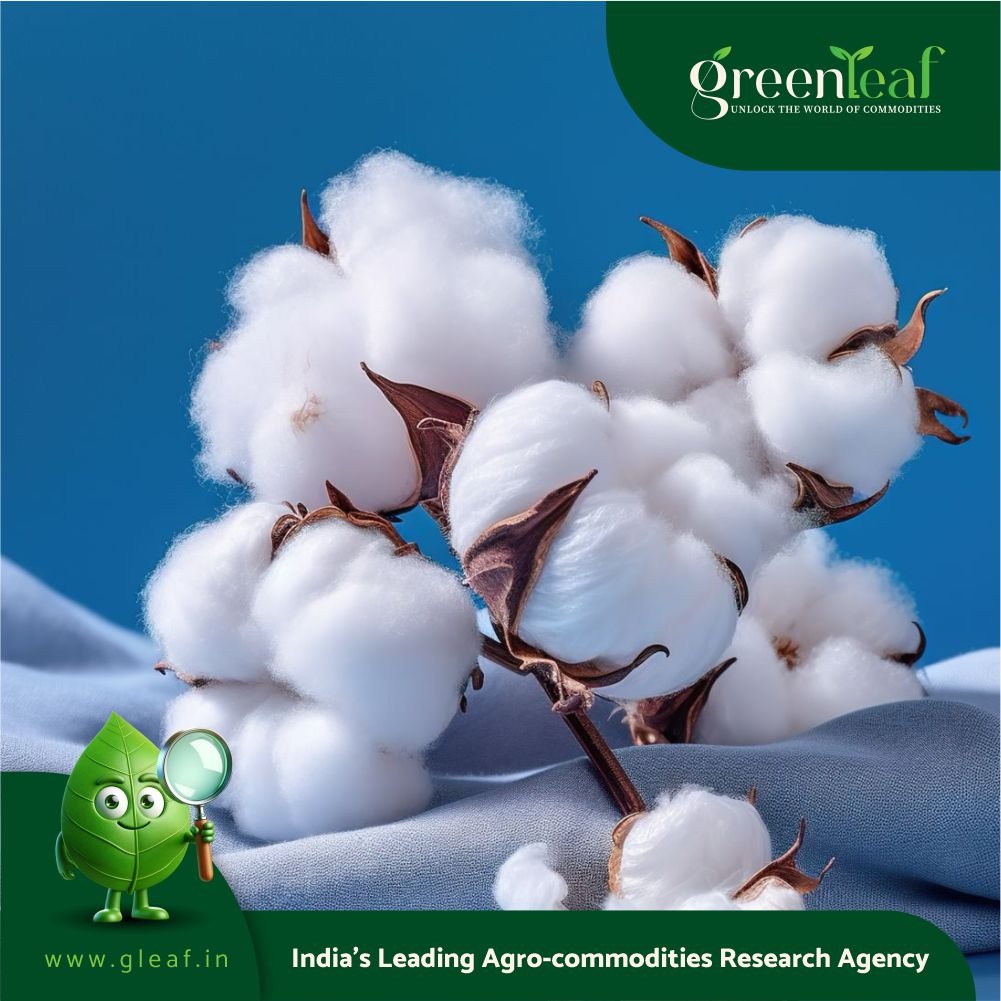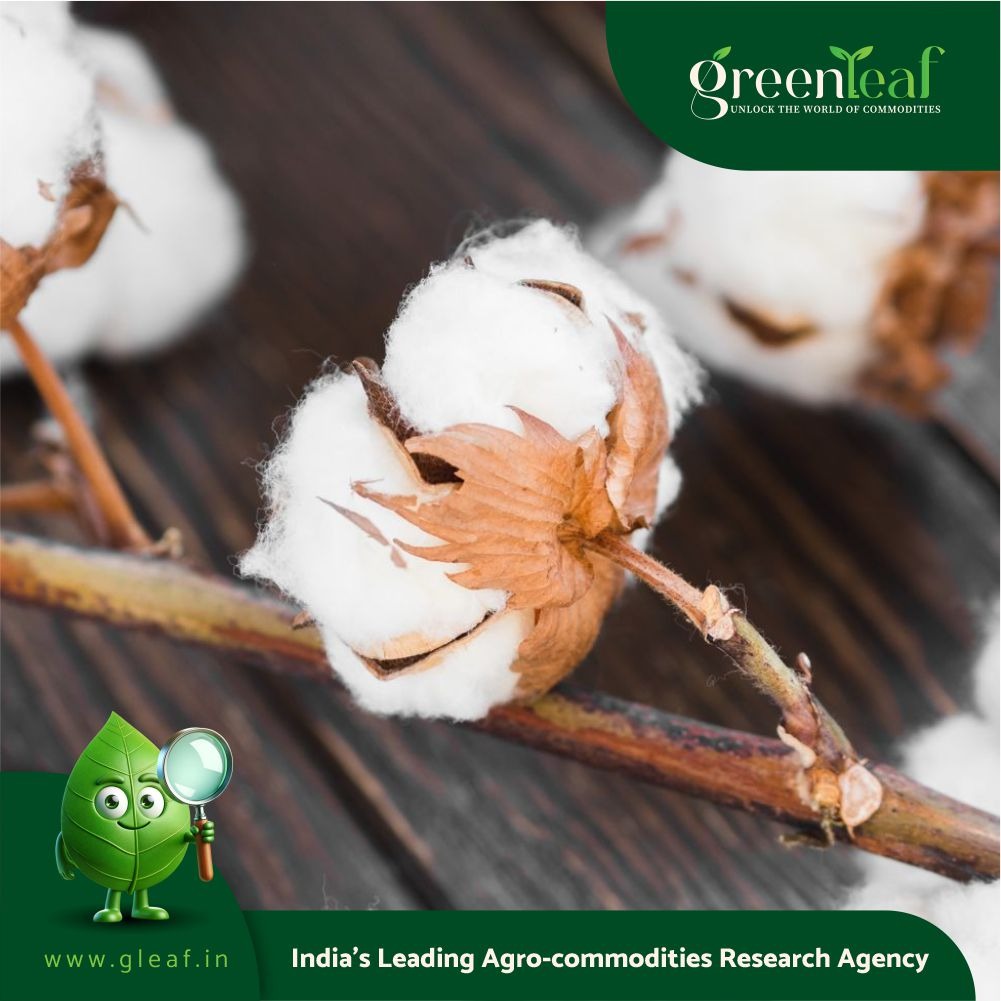Cotton farmers in Siddipet, one of Telangana’s major cotton-producing districts, are witnessing higher yields and improved returns with the adoption of the High-Density Planting System (HDPS) thanks to the Special Project on Cotton by the ICAR-Central Institute for Cotton Research (CICR), Nagpur, being implemented since 2023.
Implemented through Krishi Vigyan Kendra (KVK), Tuniki in Medak district, the project is part of the National Food Security Mission (NFSM) and covers rainfed cotton farmers across five States, including Telangana. In Siddipet, 266 farmers adopted HDPS during the 2024 Kharif season.
“Traditionally, farmers in Siddipet cultivate cotton on sandy loam soils under rainfed conditions using the Square Planting System (SPS), maintaining a spacing of 90×90 cm and sowing two seeds per hill, resulting in around 10,000 plants per acre. This wider spacing facilitates bullock-drawn two-way hoeing, reducing manual weeding,” said Scientist (Plant Protection) ICAR-EGVF (Ekalavya Grameena Vikas Foundation), Krishi Vigyan Kendra,Tuniki, Dr Ravi Palithiya.
In contrast, HDPS involves sowing a single seed per hill at a closer spacing of 90×15 cm, increasing the plant population threefold to 30,000 plants per acre. This denser system, while requiring more seeds and initial inputs, has shown notable advantages in yield and cost-efficiency.
“We advise the farmers to apply Mepiquat Chloride, a plant growth regulator (PGR), to manage canopy growth and ensure light and air penetration, thereby reducing pest and disease incidence,” Ravi Palthiya, who is a nodal officer, special project on Cotton, said, adding that this approach has also facilitated synchronised boll maturity, enabling faster harvesting and timely sowing of rabi crops.
The transition to HDPS increased seed costs from ₹1,728 to ₹5,184 per acre and raised labour expenses for sowing. However, farmers saved on expenses related to row marking and bullock-drawn hoeing, reducing the need for traditional two-way intercultural operations. Overall, HDPS resulted in an additional expenditure of ₹11,256 per acre, according to a study by the ICAR.
Despite the increased costs, yield improved significantly — from 8 quintals to 12 quintals per acre — generating an increased income of ₹30,084 per acre. The reduction in harvesting rounds, owing to uniform boll maturity, also helped cut labour costs during picking.
Kunta Kista Reddy of Ahmadipur village in Gajwel mandal, who adopted HDPS on two acres, reported improved uniformity in plant growth and a 15–20% increase in yield. “The well-managed canopy and synchronized maturity helped in avoiding late pest attacks. Though fertiliser and irrigation management required greater attention, the system proved beneficial,” he said.
Chada Sudhakar Reddy of Eppalagudam in Markook mandal shared a similar experience. “I was initially hesitant to adopt HDPS and machine sowing. But the results were beyond expectations. I used less labour and inputs but harvested more cotton and made better profits,” he noted.















